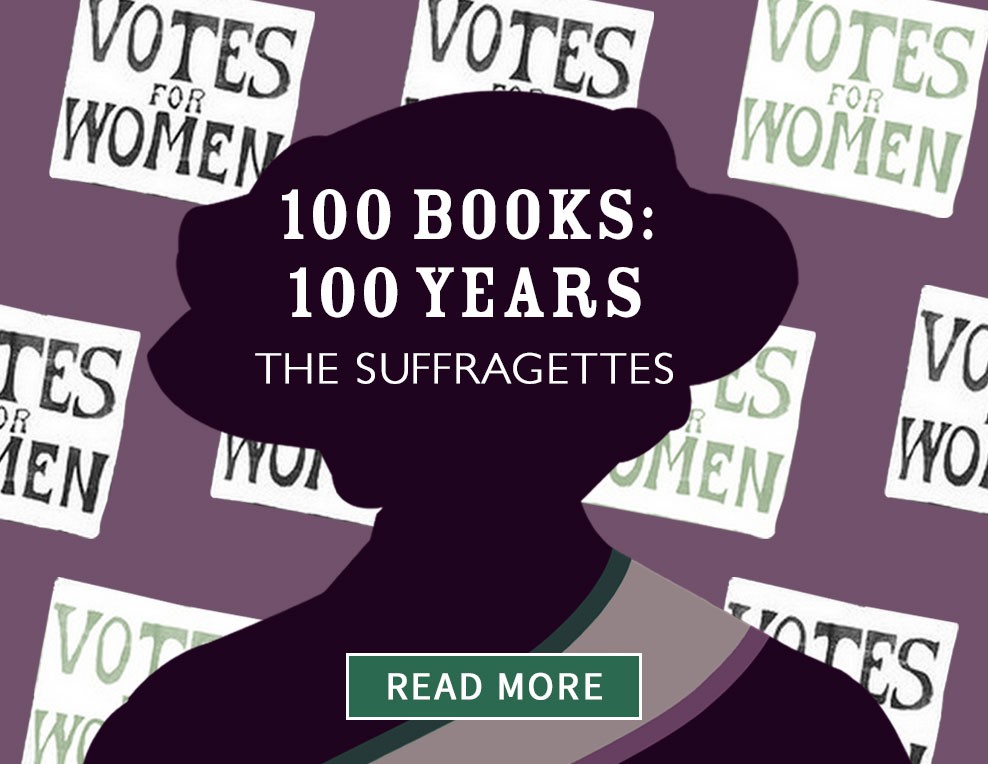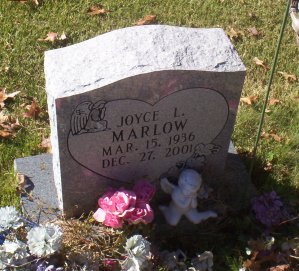

The dearth of women in public life today is often attributed to a lack of confidence, and the suffragettes sometimes struggled with this too. A century after Davison’s funeral programme declared “She died for women,” what can today’s feminists learn from the suffragettes? Find your voice, and use it Campaigners worldwide fight for equal political representation, an end to women’s poverty, freedom from sexual violence, control over our own bodies, and – ultimately – for that most basic, yet radical, demand: for women to be treated as human beings.

A hundred years later, votes for women are long since won in most countries – though not all – and the feminist revolution continues. In a movement defined by acts of daring, Davison’s bravery was extraordinary. She and the other women continued to be force-fed, regularly and brutally. This led to two cracked vertebrae, and a thwack to the head, but the authorities were unmoved. Davison threw herself over a balcony, was caught by some netting, then immediately tried again, launching herself down an iron staircase. In 1912, when she and a large number of other suffragettes were imprisoned in Holloway, there was what Davison referred to as a siege – the doors of women’s cells were broken down by guards – and she determined that one big tragedy might save her sisters.

As Fran Abrams writes in her book Freedom’s Cause, Davison had been imprisoned repeatedly for her suffrage work, had gone on hunger strike and been force fed numerous times. But there’s no doubt she was prepared to make dangerous sacrifices for women’s rights. The return train ticket she was carrying, for instance, offered as evidence that she didn’t mean to die. There has always been speculation about Davison’s intentions. They marched four abreast behind purple banners, urging them all to fight on. Thousands of suffragettes turned out on the London streets dressed in white, bearing laurel wreaths for her funeral. News footage shows racegoers surging on to the track to find out what had happened.ĭavison suffered a fractured skull and internal bleeding, and as hate mail against her poured in to the hospital, she remained unconscious. In the Manchester Guardian the next day, an eyewitness reported: “The horse fell on the woman and kicked out furiously”.

She waited at Tattenham Corner as the horses streamed past, then squeezed through the railings and made an apparent grab for the reins of the king’s horse, Anmer. On 4 June 1913, Emily Wilding Davison travelled to Epsom Downs to watch the Derby, carrying two suffrage flags – one rolled tight in her hand, the other wrapped around her body, hidden beneath her coat.


 0 kommentar(er)
0 kommentar(er)
